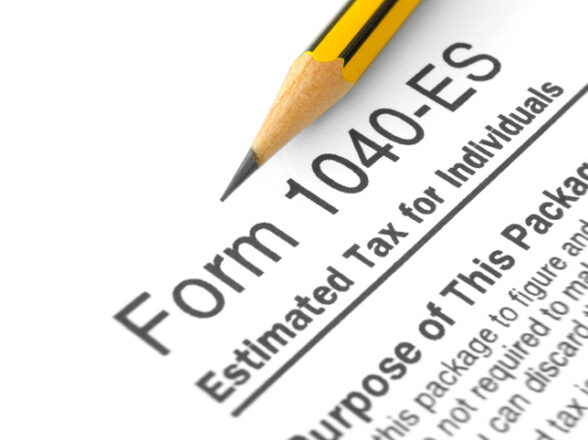Blog
College Funding: The FAFSA Simplification Act Explained

Since I began as a financial advisor in the summer of 1999, there has never been a year where college expenses have dropped. Quite the contrary; the cost to get a higher education degree has increased significantly more than the rate of inflation. Don’t get me started, as there are many problems in the entire process — and value — of getting a college degree. We won’t debate those here, but just know this is one area of our work that has caused a great deal of consurnation! Let’s talk about FAFSA
Let’s not dwell on the negative, though, and get to the business at hand. Many parents and grandparents are unaware that Congress passed the Free Application for Federal Student Aid (FAFSA) Act on December 27, 2020. The legislation made several major changes to how financial aid is determined and allocated. Let’s dive in and see how you and your family could be affected:
Elimination of double work
The bill allows the U.S. Department of Education and the Internal Revenue Service to share information already included on a family’s or individual’s tax returns.
The Office of Federal Student Aid recently announced the changes are effective for the 2024-2025 school year – One of the most confusing parts of the FAFSA process was how to account for cash funding. A 529 savings plan or prepaid plan will be considered a parent asset even if the account was opened and maintained by someone else. If students received money from these accounts, the student was still expected to disclose these disbursements as cash, and very often, financial aid needs and options were reduced.
Parent-owned 529 plans are automatically factored into the FAFSA when a dependent files and are only evaluated for up to 5.64% available for college use (no more than any other non-qualified asset).
The Effective Family Contribution (EFC) is gone, now the Student Aid Index – The new FAFSA changes mean a family will no longer have to divide the amount parents shall pay by the number of children in college. Ultimately, this led to a reduction in benefit and now it seems the pendulum has swung into the favor of families undertaking the burden of more than one child in school at the same time.
One of the most confusing parts of the FAFSA process was how to account for cash funding. A 529 savings plan or prepaid plan will be considered a parent asset even if the account was opened and maintained by someone else. If students received money from these accounts, the student was still expected to disclose these disbursements as cash, and very often, financial aid needs and options were reduced.
Parent-owned 529 plans are automatically factored into the FAFSA when a dependent files and are only evaluated for up to 5.64% available for college use (no more than any other non-qualified asset).
A simplified questionnaire – The FAFSA has been greatly reduced in size, from 108 demographic, educational, and identification questions to a maximum of 36. Part of the restructuring was aimed at clearing up confusion as to who is, and is not, a dependent student and what type of assets need to be included.
Pell Grants more widely available – The act will expand the Federal Pell Grant to more students and repeal the lifetime limit on the period a borrower can receive subsidized loans up to 150% of program length.
One of the best ways to understand how these programs could help you tackle the college expense burden is to view this need through the lens of your financial plan. That is what it is for! We highly recommend taking a moment with us to explore the best solutions you can employ in this very important area of your financial well-being. Click Here to get in touch.




























































































































